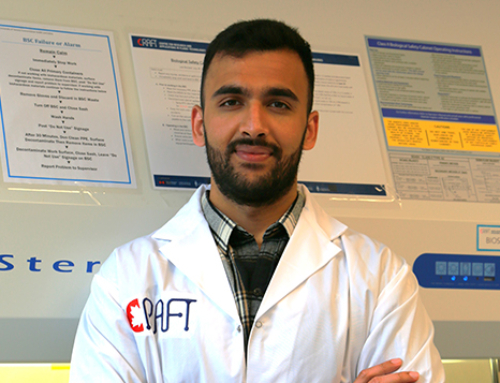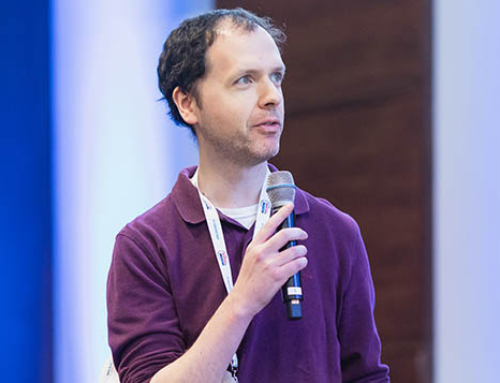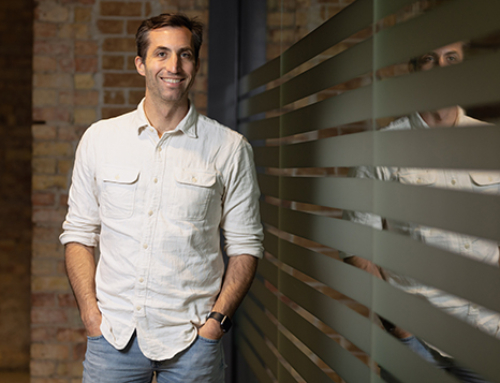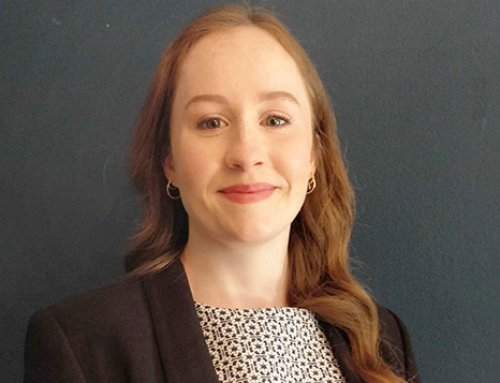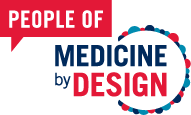 Meet the world-class researchers who are building the future of regenerative medicine. These are the people of Medicine by Design.
Meet the world-class researchers who are building the future of regenerative medicine. These are the people of Medicine by Design.
“I was part of the faculty in a top-tier chemistry department in the U.S. before I moved to Toronto. I thought I’d be making a lateral move, but it has turned out to be transformative for me as a scientist. In my first year at U of T, every single one of my projects picked up a huge amount of momentum.
Growing up, I thought I wanted to go into business, or maybe be a lawyer. I grew up two train stops away from New York City. Everyone I knew was going to work on Wall Street. So I went to university as a business major. But after my first semester, I realized I didn’t like business. I went to see my freshman advisor, who had a copy of my high school transcripts. He looked at them and said, “You were always good in chemistry. If you don’t like business, why not take some science classes?” I wasn’t sure I’d like it, but I took his advice, and I loved it. I had a great freshman chemistry professor who noticed that I did well and took me aside and suggested I start a research project. I did, fell in love with research, and here I am.
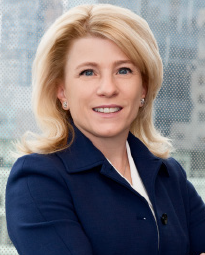
Shana Kelley, University Professor, Departments of Pharmaceutical Sciences, Chemistry, Biochemistry, and Biomedical Engineering, University of Toronto.
We have an aging population. Our biggest problems are degenerative diseases that we need to learn how to stall or turn around. Disease comes in so many forms; it affects all of us. As a biomedical researcher, you have the opportunity to uncover insights that maybe you’ll use to develop a new treatment for disease, or a new way to diagnose disease that may catch it earlier and alleviate suffering. Or you may discover something that somebody else, later on, uses to do something really positive. It’s very motivating.
I came into stem cell research from an applied chemistry background. It’s just such a fascinating type of biology. When you think about the events that underpin early development — the precision of human biology at that very early stage — it’s mindboggling. My research focuses on turning stem cells in the lab into different types of cells, like would happen over the course of development. Specifically, we look at what the bottlenecks — or problems— are in this process, and we try to overcome those problems. We want to control the process so that we can develop ways to efficiently manufacture cells in the lab. It’s an amazing set of problems to work on because of the potential for impact.
Being an academic researcher is really fulfilling because your efforts are amplified through the people who train with you. I have 30 people in the lab at any given time, and those 30 people are going to go off and do great things.
It can be challenging to be a female in a male-dominated field like chemistry. But I’ve been fortunate to have great mentors who were women like my graduate advisor. In this job, there can be lots of pressure to juggle and be productive. Be a good daughter, be a good mom, be a good sister. Be good at all of the life things that we try to do alongside our careers. A silver lining of the pandemic for me has been having more time to spend with my family, with my trainees, and with myself, and have a slightly less frenetic pace.”

